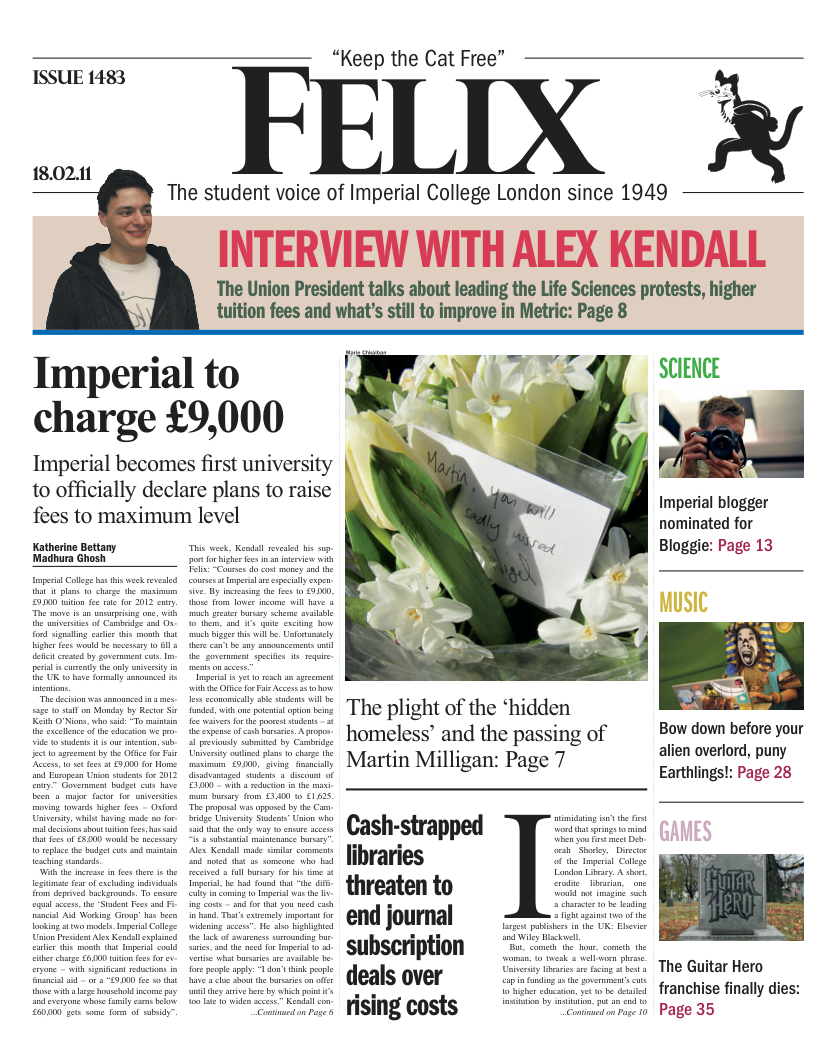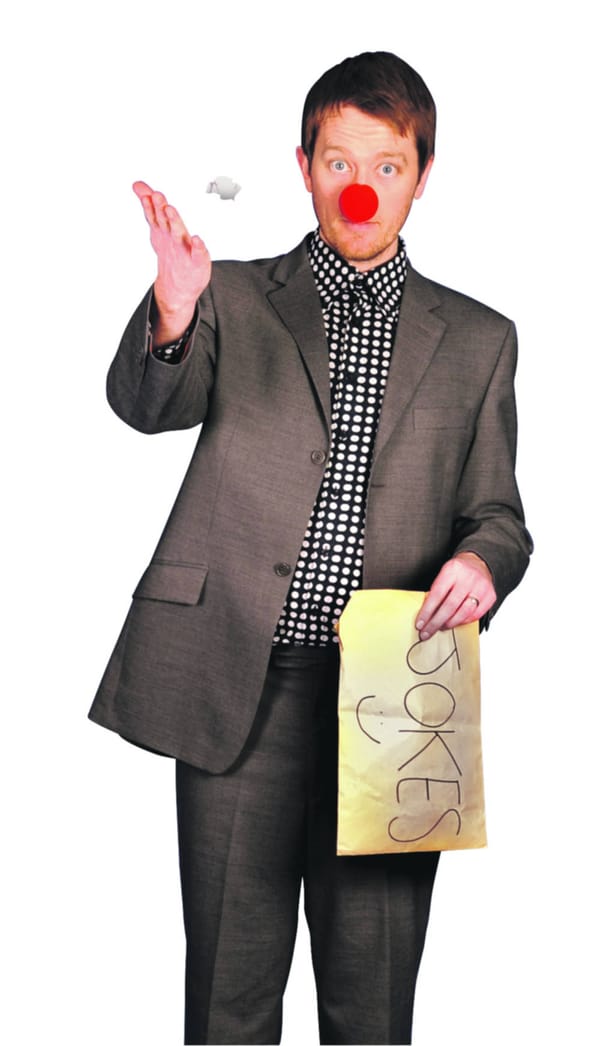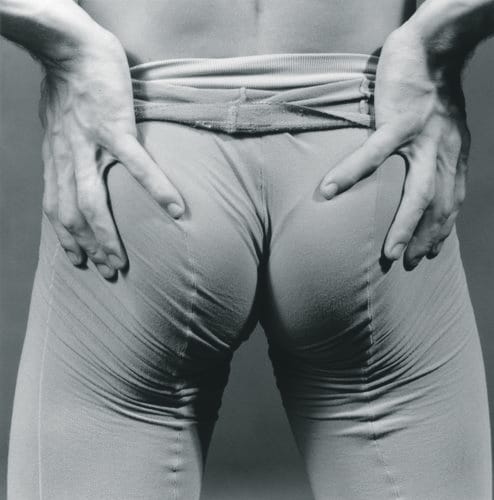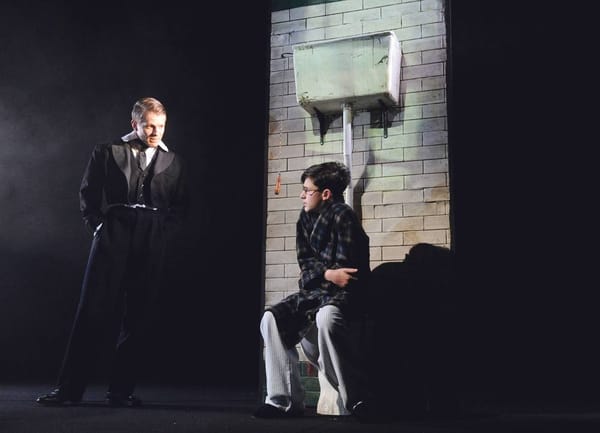High art awaits at the Wellcome Trust
Rocío Molia Atienza reviews the onging High Art exhibition at Wellcome Gallery

An exhibition about mind-altering drugs is likely to elicit the curiosity of nearly everyone, since most of us are at least occasional consumers. Remember how full the Union is of inebriated students some nights of the week? So, I was ready to be surprised by what of artistic value anyone could produce under the influence of psychotropic drugs.
High Society is the title of the current exhibition at the Wellcome Trust Foundation, a charity whose aim is to support innovation in the medical sciences. Their exhibitions try to bridge the gap between the sciences and the arts – which may be an added bonus for you, or might have you running for the hills already. For my part, I was curious and willing to give it a try. Even better, the exhibit it free of charge, which is always a plus for someone on a student budget.
On arriving at the Wellcome Gallery I kept imagining what awaited me, bearing in mind the imagery of the sixties and psychedelic rock. However, the expectations that the poster, with its vibrant colours and Alice-in-Wonderland caterpillar, had provoked were soon shattered. At first sight nothing caught my eye. At the main entrance there is a stand full of objects from throughout history related to drug use, from shisha pipes to needles. In general, there was a great variety in what was being displayed, from projections to photographs to old posters used to discourage the consumption of alcohol. The exhibit was well thought out; however, the exhibition area was not spacious enough for all that was on display.
One of the most interesting pieces was a “Dream Machine” by Brion Gyson. Placed in a dark room, a spiralling cylinder with bright patterns rotates quickly , allegedly capable of inducing a trance as the observer stares at the changing patterns. A series of small pictures hanging on the wall caught my attention too. The themes they portrayed were unrelated – one was a picture of a fractal and the other one was the image of an Indian god. After detailed inspection I realised the paper had tiny squares drilled on it. They were covered in LSD. Enlightening.
Most of the artwork displayed did not appeal to me. There were a few video installations but only one person at a time could listen to them, which made it unpractical given the popularity of the exhibit. There was also a huge sculpture representing an opium pipe, which was actually pretty tacky. One wall was covered with three diagrams of a spider web. Each one had been knitted by a spider under the influence of a different drug. Curious, informative but not very visually attractive.
Overall, the exhibition had too much of a factual side, reducing the few art pieces on display to historical proofs of drug use throughout history. For those interested in expanding their knowledge of drugs it is definitely a must-see; but for those of you who look for shocking art, the West End galleries or the Saatchi might better suit your taste.
High Society at the Wellcome Gallery until the 27th of February.









